All You Need to Know About Tire Tread Patterns
This video is a must-watch for anyone looking to deepen their understanding of how tire tread designs impact vehicle performance, safety, and handling. Whether you're a seasoned driver, a car enthusiast, or just curious about how your vehicle interacts with the road, we cover everything you need to know about tire treads.
WHAT IS TIRE TREAD?
Tire tread is the pattern on the circumference of a tire that makes contact with the road. It consists of a few different components that will vary based on the type of tire including:
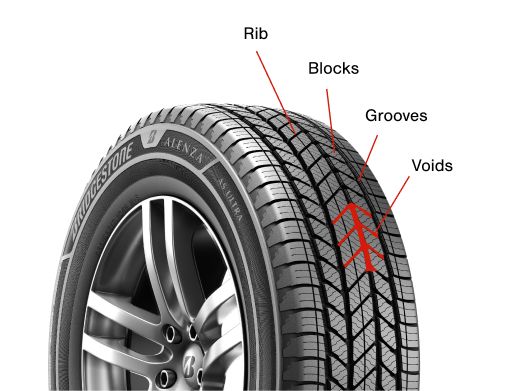
- Tread blocks: The raised rubber segments that make direct contact with the road and provide traction.
- Tread ribs: A collection of tire blocks that works to provide stability for the tire and vehicle overall.
- Tread grooves: The deep channels between the ribs and tread blocks designed to push water, slush, mud, and ice out of the way so the tire can maintain traction.
- Tread voids: The gaps or empty air within the tread grooves. They give the tire flexibility to adjust to changing road conditions.
- Wear bar: A small piece of rubber placed in the tread grooves to help measure and monitor tread wear.
- Additional features: Rain grooves or sipes are thin cuts molded into the blocks that can provide extra grip for winter or off-road tires.
COMMON TIRE TREAD PATTERNS
Tire tread is the pattern on the circumference of a tire that makes contact with the road. It consists of a few different components that will vary based on the type of tire including:
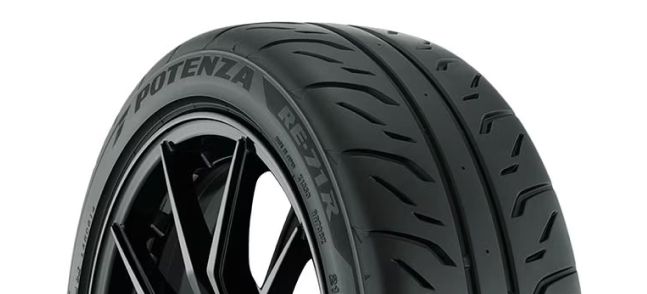
DIRECTIONAL
Designed to make sure the tires roll in one direction, directional tread patterns are common for winter and all-season tires. The pattern is designed to give the tire extra grip to keep moving forward in wet and icy conditions. Directional tires have to stay on one side and can only be rotated from back to front.
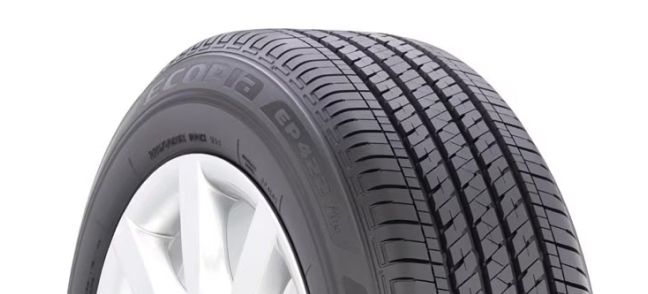
SYMMETRICAL
For a smooth driving experience, symmetrical tires have the same pattern across the full tire. It is designed to offer a quiet ride, low rolling resistance and high fuel efficiency, making it the most common tread pattern for passenger vehicles. Symmetrical tires can be rotated to any position on the car, which can help them last longer.
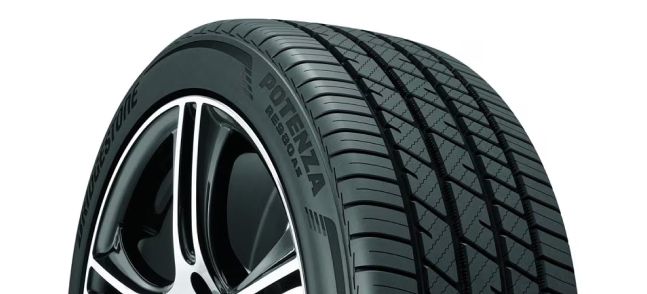
ASYMMETRICAL
Popular for high-performance vehicles, asymmetrical tread patterns have two separate and distinct patterns: an outer pattern and an inner pattern. The outer pattern is designed for grip and handling, while the inner pattern is optimized to handle wet road conditions and prevent hydroplaning. Asymmetrical tread pattern tires should only be rotated from front to back.
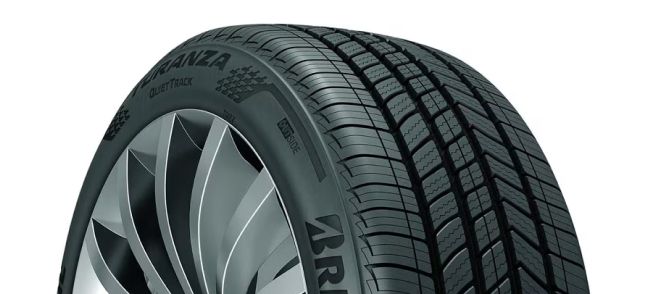
DIRECTIONAL/ASYMMETRICAL
Only found on ultra-high-performance tires, a combination directional/asymmetrical tread pattern brings the benefits of directional and asymmetrical patterns together into one tire. Because of the specialized tread pattern, they must be rotated from back to front only.
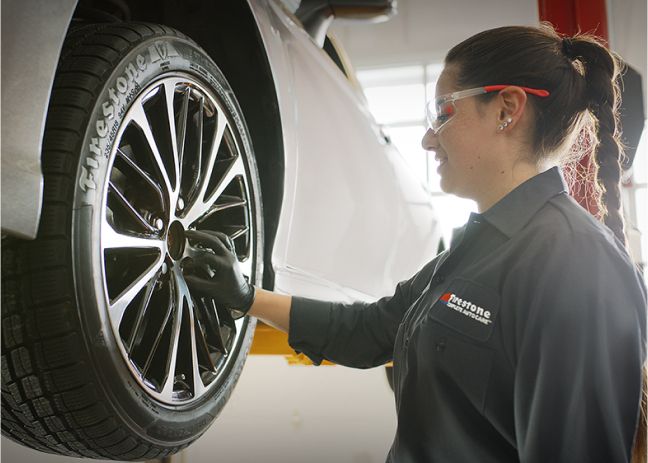
THE IMPORTANCE OF TIRE TREAD
Not only is tire tread essential for traction and handling on the road, but paying attention to tread wear patterns can also be a warning sign that there may be something wrong with your vehicle. Ideally, all four tires will wear evenly at the same rate. If you notice irregular wear patterns like cupping, one-shoulder wear or center wear, it could mean you need to check your alignment, suspension or tire inflation. Tire tread will naturally wear over time, but keep an eye on the rate and patterns for signs that there might be something else going on.
If you need an expert opinion, the technicians at Firestone Complete Auto Care are happy to do a tire tread inspection and let you know what your best options are.
